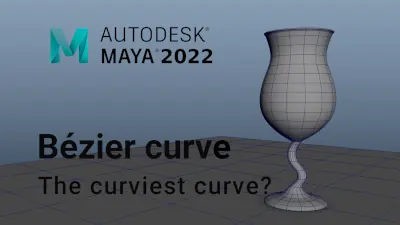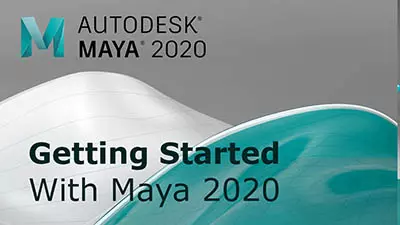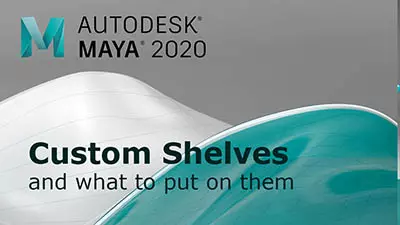Integrating 3D models with photography
Interested in integrating your 3D work with the real world? This might help
#
1
12-01-2003
, 02:54 AM
I supose they are called shaders?
#
2
12-01-2003
, 03:30 AM
Shaders can either use texture maps to determine what the camera sees or they can calculate the look based on the shape of the geometry alone.
The latter kind of shader is usually called "procedural," because it uses software to implement a procedure for calculating the look of the object rather than looking at a texture map that you've painted by hand.
In Maya, a Lambert shader is applied to every surface by default, which makes all the default-shaded surfaces look like dull gray plastic unless you start tweaking color attributes for the shader node or applying texture maps. There are other shader node types that ship with Maya as well, most of which are used as a foundation for adding texture maps.
These shaders you've found are implemented as networks of Maya shading nodes. All you have to do to use them is to use File > Import to get them into your scene and then add the objects to the correct shading groups in Hypershade. (A shading group is a set of objects that share the same shader.)
Maya also allows developers to make new shading node types by using the API to build a plug-in. This requires that you code your shaders in C++ rather than by hooking nodes together, but such shaders are much faster to render.
-- Mark
#
3
12-01-2003
, 03:41 AM
and then add the objects to the correct shading groups in Hypershade. (A shading group is a set of objects that share the same shader.)
I have seen Hypershade in tutorials i've skimmed. I have no clue what it is or how to get there. Can you tell me the procedures needed to apply this shader. (Only to certain objects of course.)
Thanks!!

#
4
12-01-2003
, 04:08 AM
I have a Hypershade tutorial at my site, if you're interested. Link's in the sig.

#
5
12-01-2003
, 04:52 AM
YAY
#
6
12-01-2003
, 05:54 AM
#
7
12-01-2003
, 06:20 AM
-- Mark
#
8
12-01-2003
, 06:24 AM
#
9
12-01-2003
, 08:38 PM
Last edited by Darkware; 12-01-2003 at 08:41 PM.
Posting Rules Forum Rules
Similar Threads
Default Shaders and Arnold
by Blocker226 in forum Maya Materials & Textures replies 0 on 22-09-2016
Where to learn shaders?
by mechanicarts in forum Maya Materials & Textures replies 10 on 19-06-2011
Shaders, Texturing, Info Needed
by Kumar in forum Maya Materials & Textures replies 0 on 09-03-2006
Procedural shaders... um... what's that???
by undseth in forum Maya Materials & Textures replies 5 on 27-01-2003
shaders...of...shaders...
by el_newty in forum Maya Materials & Textures replies 1 on 23-10-2002
Topics
Free Courses
Full Courses
VFX News
How computer animation was used 30 years ago to make a Roger Rabbit short
On 2022-07-18 14:30:13
Sneak peek at Houdini 19.5
On 2022-07-18 14:17:59
VFX Breakdown The Man Who Fell To Earth
On 2022-07-15 13:14:36
Resident Evil - Teaser Trailer
On 2022-05-13 13:52:25
New cloud modeling nodes for Bifrost
On 2022-05-02 20:24:13
MPC Showreel 2022
On 2022-04-13 16:02:13


 You can also assign New materials there as well.
You can also assign New materials there as well.








